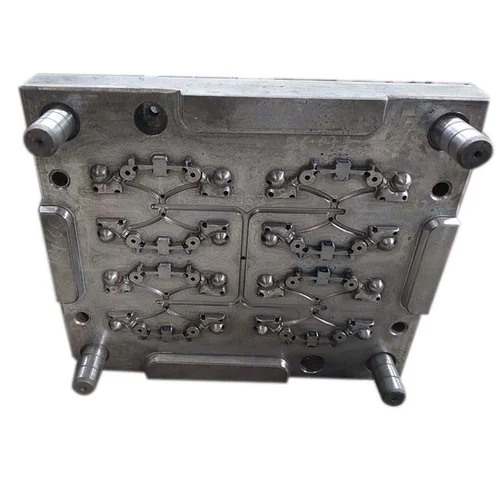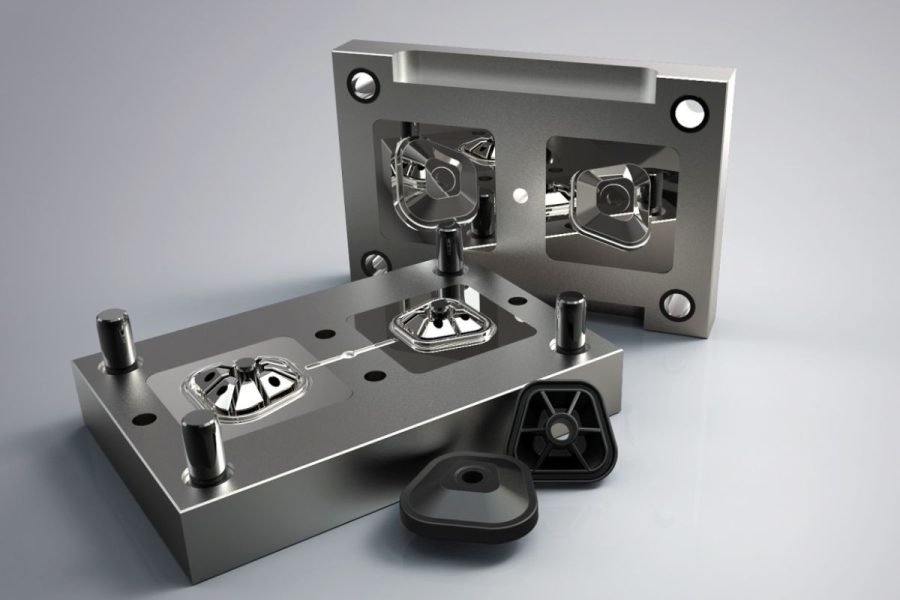
Tooling for automotive molds is a critical component in the manufacturing process of vehicle parts, ensuring precision, efficiency, and durability. Automotive molds are used to produce various components, including interior panels, exterior body parts, and functional systems, requiring them to meet stringent industry standards. The tooling process involves a series of specialized steps to create molds that deliver consistent, high-quality output for mass production.
Material Selection for Mold Tooling
The choice of material for automotive molds significantly impacts their performance and lifespan. High-grade steels such as P20, H13, or stainless steel are commonly used due to their durability, heat resistance, and wear tolerance. For less demanding applications or prototyping, aluminum molds are sometimes employed because of their lower cost and easier machinability. The material selected must align with the production volume, part design, and operating conditions.
Design and Engineering of Automotive Molds
Designing automotive molds requires precision engineering and advanced software tools such as CAD (Computer-Aided Design) and CAM (Computer-Aided Manufacturing). Engineers consider factors like part geometry, mold flow, cooling channels, and ejection systems. The design process also integrates simulation techniques, including mold flow analysis, to ensure the mold can produce defect-free parts efficiently.
Mold Manufacturing Techniques
Automotive molds are crafted using sophisticated manufacturing techniques to meet high precision requirements. These include CNC (Computer Numerical Control) machining for intricate details, EDM (Electrical Discharge Machining) for complex contours, and surface finishing to achieve the desired texture. Each method contributes to the mold’s ability to produce parts with excellent dimensional accuracy and surface quality.
Features of Automotive Molds
Automotive molds often incorporate advanced features to enhance functionality and efficiency. Hot runner systems, for instance, improve material flow and reduce waste, while cooling channels expedite cycle times by ensuring uniform cooling of molded parts. Inserts, lifters, and sliders may be added for complex designs, allowing for the production of parts with undercuts or detailed features.

